Are you ready to take your sales funnel strategy to the next level? Then look no further!
In this comprehensive guide, we will walk you through the ins and outs of creating a highly effective sales funnel that will skyrocket your conversions and boost your revenue.
You might be wondering, what exactly is a funnel strategy? Well, think of it as your roadmap to success. It’s a step-by-step plan that outlines how you will attract, engage, and convert your leads into paying customers. But don’t worry, we’ll break it down for you in simple terms, so you can easily implement these strategies into your own business.
Throughout this guide, we’ll cover everything from traffic sources to top-of-the-funnel tactics, middle-of-the-funnel strategies, and even retention and monetization techniques. We’ll also dive into expressways and return paths, funnel efficiency, and key metrics to track.
By the end, you’ll have all the tools you need to build and optimize a sales funnel that sets you apart from the competition.
Get ready to become a sales funnel master and watch your business thrive.
Let’s dive in!
What is a Funnel Strategy?
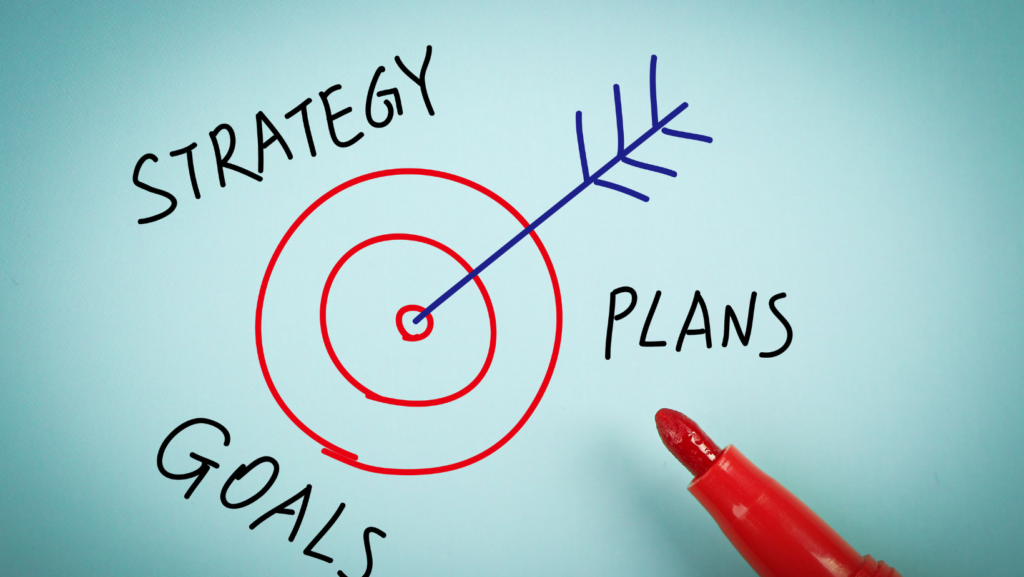
Are you tired of wasting time and money on marketing tactics that don’t convert?
Discover how a funnel strategy can revolutionize your sales process and skyrocket your profits.
Sales funnels are a crucial component of any successful business. A sales funnel strategy is a systematic approach to guiding potential customers through each stage of the buying process, from awareness to purchase. It involves mapping out the customer journey and creating targeted marketing campaigns for each stage.
With a well-designed sales funnel strategy, you can attract qualified leads, nurture them with relevant content, and ultimately convert them into paying customers. By implementing a sales funnel strategy, you can streamline your sales process, increase conversion rates, and maximize your return on investment.
Don’t miss out on the opportunity to optimize your sales funnel strategy and boost your business’s success.
What is the Difference Between Strategy and Tactic?
Understanding the distinction between strategy and tactics is crucial for achieving success in your sales funnel. While these terms are often used interchangeably, they have distinct meanings and play different roles in your overall sales approach.

1. Strategy: This is the big picture plan that outlines your overall goals and objectives. It involves identifying your target audience, understanding their needs, and determining the best approach to reach and engage them. Your strategy sets the direction for your sales funnel and guides your decision-making process.
2. Tactics: These are the specific actions and techniques you use to implement your strategy. Tactics are the practical steps you take to execute your plan and move prospects through your sales funnel. They can include things like email marketing, social media advertising, content creation, and lead generation strategies.
By understanding the difference between strategy and tactics, you can create a well-rounded sales funnel that effectively attracts, engages, and converts leads into customers.
Traffic Sources
Explore different traffic sources to drive more visitors to your website and boost your sales funnel.
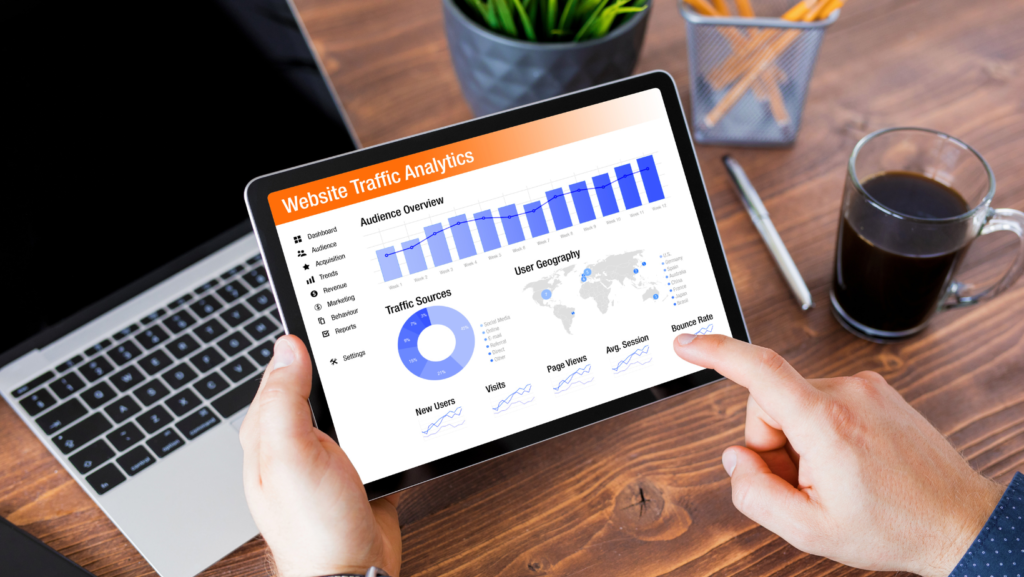
To maximize your online presence and reach a wider audience, you need to diversify your traffic sources. Start by leveraging organic search traffic through search engine optimization (SEO). Optimize your website’s structure, content, and keywords to rank higher on search engine results pages.
Additionally, tap into the power of social media platforms like Facebook, Instagram, and Twitter. Create compelling content and engage with your audience to attract more visitors.
Don’t forget about paid advertising as well. Platforms like Google AdWords and Facebook Ads allow you to target specific demographics and increase your visibility.
Lastly, consider collaborating with influencers in your industry to tap into their existing audience and drive traffic to your website. By implementing these strategies, you can attract a steady stream of visitors and propel your sales funnel to new heights.
Top-of-the-Funnel Tactics
To capture the attention of potential customers at the top of your sales funnel, imagine creating engaging blog posts and videos that showcase your expertise and draw them in. This is your chance to make a lasting impression and establish yourself as an authority in your industry.
Start by identifying the pain points and challenges your target audience faces, and then create content that addresses these issues head-on. Provide valuable insights, tips, and strategies that they can implement right away. Use storytelling techniques to make your content relatable and memorable.
Additionally, leverage social media platforms and online communities to promote your content and reach a wider audience. Remember, the goal is to build trust and credibility with your potential customers, so make sure your content is informative, persuasive, and engaging.
Middle-of-the-Funnel Tactics
Once you’ve captured the attention of potential customers at the top of the sales funnel, it’s time to nurture and educate them with personalized email campaigns and case studies that showcase the value and success of your product or service.
Here are four tactics to effectively engage customers in the middle of the sales funnel:
1) Segment your email list: Tailor your email campaigns to different segments of your audience based on their interests and preferences. This personalized approach increases the chances of conversion.
2) Provide valuable content: Share educational resources, expert insights, and industry trends through blog posts, whitepapers, and webinars. This positions your brand as a trusted authority and builds credibility.
3) Offer case studies and success stories: Highlight real-life examples of how your product or service has solved problems and delivered results for customers. This social proof helps potential customers envision the benefits of working with you.
4) Use retargeting ads: Stay top-of-mind by displaying targeted ads to people who have shown interest in your brand. This tactic reinforces your message and encourages them to take the next step.
By implementing these middle-of-the-funnel tactics, you can guide potential customers towards the final stages of the sales funnel and increase your chances of conversion.
Bottom-of-the-Funnel Tactics
At the bottom of the sales funnel, it’s crucial to provide personalized demos and free trials that allow potential customers to experience the value of your product or service firsthand. This is the stage where they’re almost ready to make a purchase decision, so you want to give them every opportunity to see how your offering can meet their needs.
By offering personalized demos, you can tailor the experience to their specific requirements, showcasing the features and benefits that are most relevant to them. Additionally, free trials allow them to test-drive your product or service without any financial commitment. This helps build trust and confidence in your offering, as they can see the value it provides before making a purchase.
Make sure to provide clear instructions on how to access the demo or trial and offer support throughout the process to ensure a seamless experience.
4 of the Best Funnel Strategy Frameworks
Lead Generation Funnel
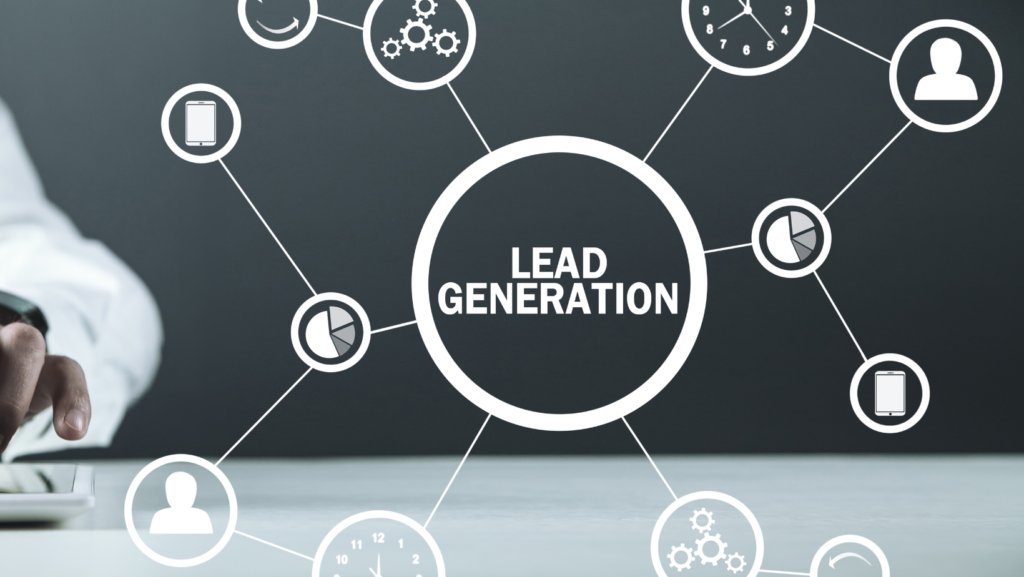
Utilizing a lead generation funnel can effectively capture and convert potential customers, ultimately boosting your business’s growth. This funnel strategy framework is specifically designed for B2B service businesses that want to increase their leads.
The key to success with this funnel is planned and researched traffic from paid ads, which will drive potential customers to your lead magnet.
The first step in this funnel is creating a compelling lead magnet that offers valuable information or resources in exchange for the visitor’s contact information. This could be a free ebook, a webinar, or a whitepaper.
Once the visitor provides their contact information, they are directed to a service landing page that highlights the benefits and features of your services.
After the visitor has shown interest in your services, it’s important to have a follow-up email automation in place. This automation allows you to nurture the lead, providing them with additional information and building a relationship with them. By consistently engaging with the lead through email, you increase the chances of converting them into a paying customer.
By implementing a lead generation funnel, you can attract qualified leads and guide them through the sales process, ultimately boosting your business’s growth. So, don’t wait any longer. Start creating your lead magnet, service landing page, and follow-up email automation today to see the results for yourself!
Info Product Sales Funnel
Transform your email marketing efforts into a powerful sales machine by implementing an information product sales funnel that captivates your audience and drives consistent results.
The Info Product Sales Funnel strategy framework is a proven method that works well with upselling and regular traffic from email automations. By following this framework, you can effectively convert leads into paying customers and maximize your revenue.
To start, you need to attract inbound traffic to your website using compelling lead magnets that offer valuable information or resources. Once you have captured their attention, you can direct them to a thank you or confirmation page, where they are presented with a low-priced tripwire offer. This offer should be irresistible, providing immense value at a discounted price.
After the customer has made their first purchase, it’s time to lead them to the checkout page, where they can finalize their order. But it doesn’t end there.
The Info Product Sales Funnel also includes an upsell, where you can offer additional products or services that complement their initial purchase. This strategic upsell can significantly increase your average order value and boost your overall sales.
By implementing the Info Product Sales Funnel strategy framework, you can create a seamless and compelling customer journey that not only generates sales but also builds trust and loyalty.
Take action now and leverage the power of this proven framework to transform your email marketing into a revenue-generating machine.
Coaching Sales Funnel

Maximize your revenue and convert leads into paying customers by implementing a high-ticket coaching sales funnel that effectively captures your audience’s attention and guides them towards making a purchase. This strategy framework is specifically designed for businesses offering high-priced physical products and services.
With the right ingredients in place, you can create a compelling customer journey that drives conversions and boosts your bottom line.
The key ingredients of a coaching sales funnel include a lead magnet, confirmation + tripwire, checkout page, and an embedded booking widget. Your lead magnet should provide valuable content that attracts your target audience and positions you as an expert in your field. Once they opt-in, the confirmation + tripwire page presents an irresistible offer that encourages immediate action. This could be a limited-time discount or a special bonus.
Next, the checkout page is where the magic happens. It should be optimized for a seamless and secure purchasing experience. Finally, the embedded booking widget allows interested prospects to schedule a consultation or appointment directly from your funnel. This personal touch can be the final push they need to become a paying customer.
By following this high-ticket coaching sales funnel framework, you can effectively nurture leads, build trust, and ultimately convert them into high-paying customers. Don’t miss out on the opportunity to maximize your revenue and establish yourself as a leader in your industry. Start implementing this powerful funnel strategy today.
High Ticket Funnel
Elevate your sales game and skyrocket your revenue with a high-ticket funnel that captivates your audience and compels them to take action. This powerful strategy is perfect for businesses offering high-priced physical products and services.
Here’s how it works:
- Lead magnet: Attract your target audience with a valuable resource or exclusive content that addresses their pain points and establishes your expertise.
- Confirmation + tripwire: Once they opt-in, present them with a low-priced offer that provides immediate value and showcases the quality of your offerings.
- Checkout page: Make it seamless for your audience to purchase your high-ticket product or service by providing a clear and user-friendly checkout process.
- Embedded booking widget: Streamline the booking process by embedding a widget that allows your audience to easily schedule a consultation or appointment.
By implementing this high-ticket funnel, you’ll not only generate leads but also convert them into paying customers. The combination of a compelling lead magnet, an irresistible tripwire, a smooth checkout experience, and an embedded booking widget will guide your audience through the sales process and encourage them to invest in your high-priced offerings.
Optimization and Customization
To make the most of your sales funnel, you’ll want to optimize and customize it to ensure maximum effectiveness and engagement. Here are three key strategies to help you achieve this:
1. Analyze your funnel data: Dive deep into your analytics to understand where your leads are dropping off and identify any bottlenecks. By pinpointing these areas, you can make data-driven decisions to optimize and streamline your funnel.
2. Personalize your messaging: Tailor your communication to each stage of the funnel and the specific needs of your leads. Use targeted content, personalized emails, and dynamic landing pages to create a more personalized experience that resonates with your audience.
3. Test and iterate: Implement A/B testing to experiment with different elements of your funnel, such as headlines, calls-to-action, or pricing. Continuously monitor the results and make data-backed adjustments to improve your conversion rates.

By implementing these optimization and customization strategies, you can create a sales funnel that drives engagement, maximizes conversions, and ultimately boosts your sales.
Retention, Monetization, Advocacy
Achieving retention, monetization, and advocacy is crucial for maximizing the effectiveness of your sales funnel and elevating your business to new heights.
Retention involves keeping your existing customers engaged and satisfied, ensuring they continue to purchase from you. By implementing strategies such as personalized communication, loyalty programs, and excellent customer service, you can increase customer loyalty and reduce churn.
Monetization focuses on maximizing the revenue generated from each customer. This can be achieved through upselling, cross-selling, and creating high-value offers that cater to specific customer needs.
Advocacy involves turning your satisfied customers into brand advocates who promote your business to others. By providing exceptional experiences and actively seeking customer feedback, you can build a loyal and vocal customer base that drives organic growth.
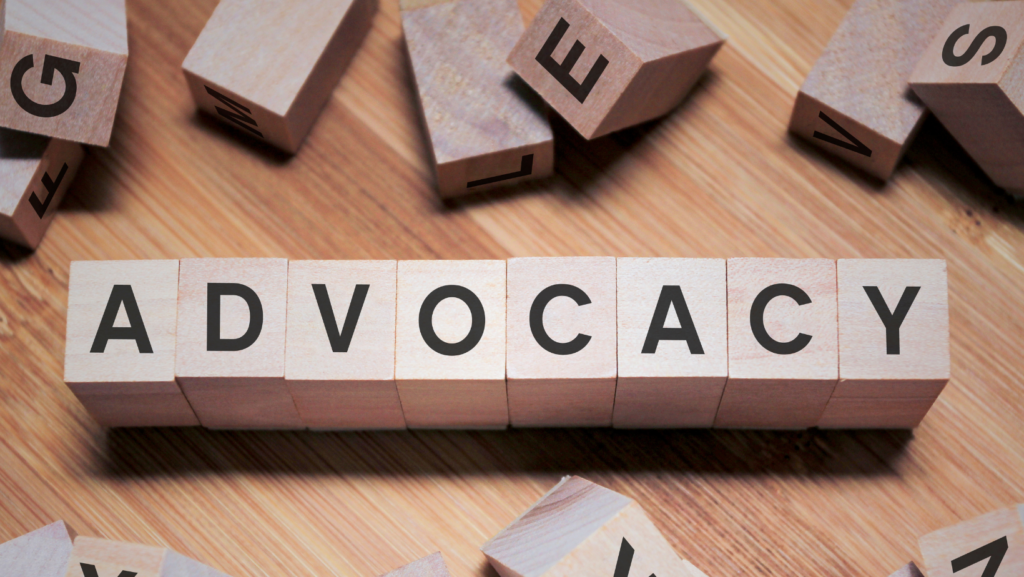
Remember, by focusing on retention, monetization, and advocacy, you can create a strong and profitable sales funnel that propels your business forward.
Expressways and Return Paths
By creating expressways and clear return paths, you can effortlessly guide customers through your sales funnel, boosting conversions and maximizing revenue potential. To achieve this, consider the following strategies:
– Streamlining the customer journey: Map out the most efficient path for customers to move from one stage of the sales funnel to the next. Remove any unnecessary steps or friction points that may hinder their progress.
- Offering personalized recommendations: Leverage customer data to provide tailored product or service suggestions. By understanding their preferences and needs, you can guide them towards the right solutions at the right time, increasing the likelihood of a purchase.
- Implementing automated email sequences: Set up a series of automated emails that nurture leads and encourage them to take the next step. Gradually provide valuable content and incentives to keep them engaged and moving forward in the funnel.
- Providing clear return policies and guarantees: Build trust by offering hassle-free returns and guarantees. This will alleviate any concerns customers may have about making a purchase and increase their confidence in your products or services.
By incorporating these strategies into your sales funnel, you can create expressways and return paths that lead to higher conversions and increased revenue.
Funnel Efficiency and Metrics

Boosting conversions and maximizing revenue potential is all about creating expressways and clear return paths in your sales funnel. But how do you know if your funnel is efficient and performing as it should be?
That’s where funnel efficiency and metrics come into play. By understanding the key metrics and analyzing them regularly, you can identify areas for improvement and optimize your sales funnel for maximum results.
Start by tracking metrics such as conversion rates, bounce rates, and average order value. These numbers will give you insights into the effectiveness of each stage in your funnel and help you identify any bottlenecks or areas of opportunity.
Don’t forget to set specific goals for your funnel and use A/B testing to continuously refine and improve your strategies. With a data-driven approach, you’ll be able to create a highly efficient and revenue-generating sales funnel that drives your business forward.
Building and Optimizing the Sales Funnel
Start building and optimizing your sales funnel by identifying the key stages and analyzing the metrics to ensure maximum results and revenue growth. To make the most out of your sales funnel, consider the following strategies:
1. Define each stage of your sales funnel: Clearly outline the stages that your potential customers go through, from initial awareness to final purchase. This will help you understand where your leads are dropping off and where you can make improvements.
2. Analyze your metrics: Dive deep into your sales funnel metrics to identify bottlenecks and areas of improvement. Look at conversion rates, average deal size, and customer acquisition costs to pinpoint areas that need attention.
3. Optimize each stage: Once you have identified the weaknesses in your sales funnel, focus on optimizing each stage. Improve your lead generation strategies, streamline your nurturing process, and fine-tune your closing techniques to increase conversions and revenue.
With the help of these you can build a highly effective sales funnel that drives maximum results and helps your business achieve significant revenue growth.
Frequently Asked Questions
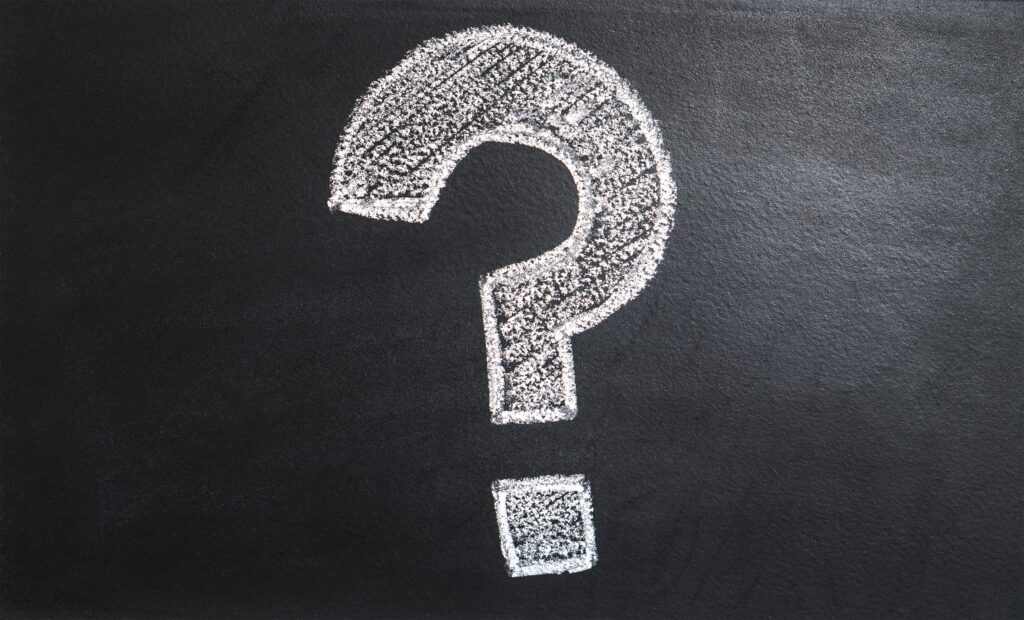
How can I effectively measure the success of my sales funnel strategy?
To effectively measure the success of your sales funnel strategy, track key metrics like conversion rate, lead quality, and customer lifetime value. Analyze data regularly, make data-driven decisions, and optimize your funnel accordingly for maximum results.
What are some common challenges faced when implementing a sales funnel strategy, and how can they be overcome?
Common challenges when implementing a sales funnel strategy include attracting qualified leads, keeping them engaged, and converting them into customers. Overcome these challenges by optimizing your marketing efforts, providing valuable content, and nurturing relationships with personalized communication.
Are there any specific tools or software that can help streamline the sales funnel process?
Yes, there are several tools and software available to streamline the sales funnel process. These include CRM platforms like Salesforce and HubSpot, email marketing tools like Mailchimp, and analytics software like Google Analytics.
How can I ensure a smooth transition between different stages of the sales funnel?
To ensure a smooth transition between stages of the sales funnel, focus on clear communication, personalized follow-up, and addressing customer concerns. Keep prospects engaged with relevant content and nurture leads until they are ready to make a purchase.
What are some best practices for nurturing leads and converting them into paying customers?
To nurture leads and convert them into paying customers, focus on building relationships, providing valuable content, and addressing their pain points. Use personalized communication, offer incentives, and follow up consistently to guide them through the sales process and increase conversion rates.
Conclusion
So there you have it – your expert sales funnel strategy guide!
By implementing the tactics and strategies outlined in this article, you can take your sales funnel to the next level.
Remember, it’s all about driving traffic, engaging prospects, and converting them into loyal customers.
With the right approach, you can optimize your funnel for maximum efficiency and see a significant increase in your sales and revenue.
So what are you waiting for? Start implementing these strategies today and watch your business thrive!
Want to read more interesting facts about sales funnel strategy and other related topics?

